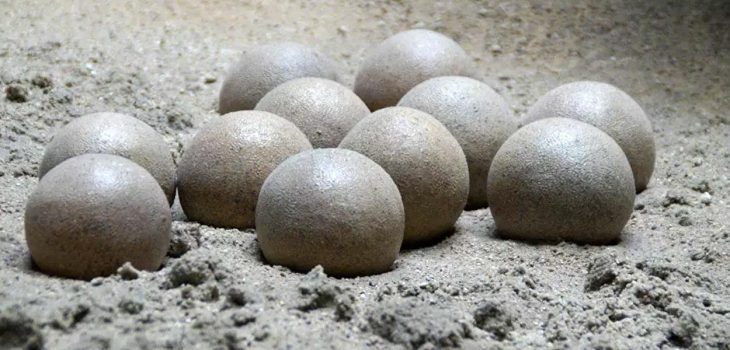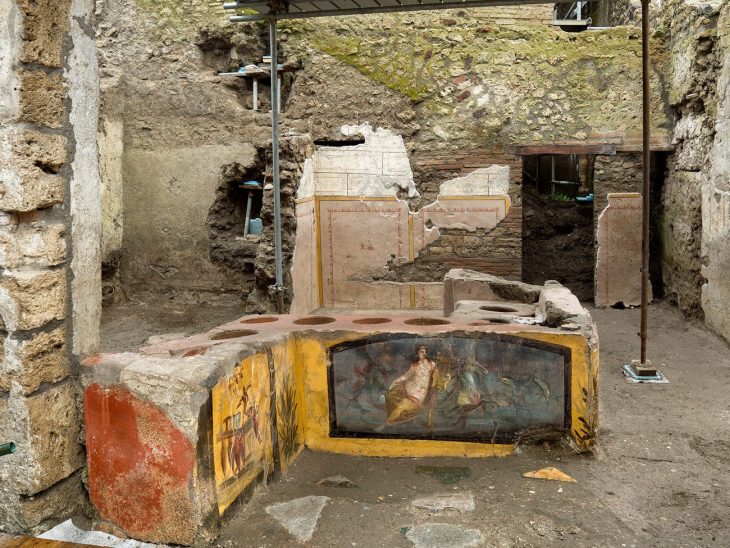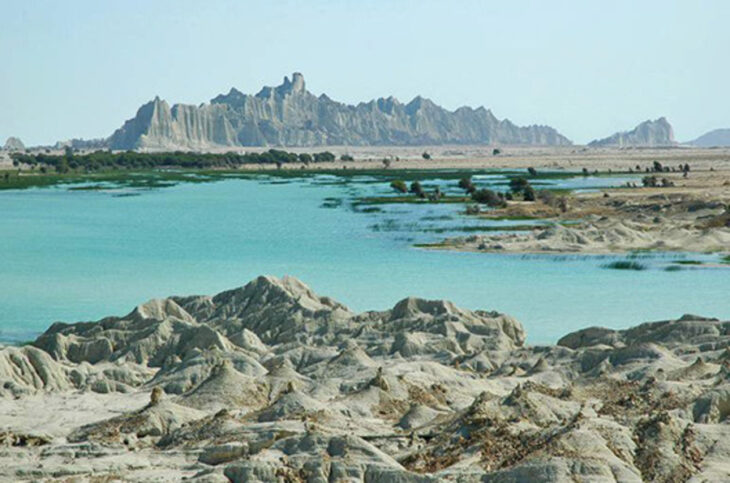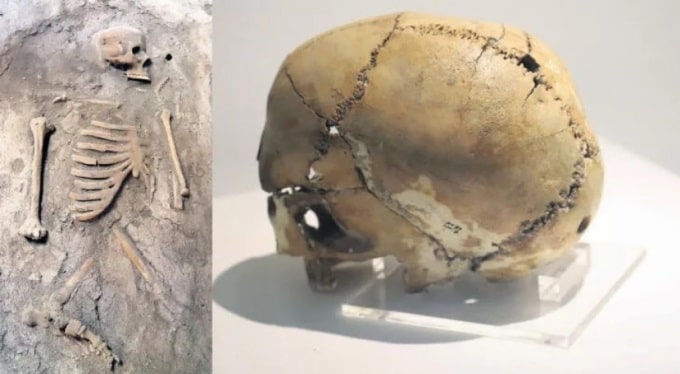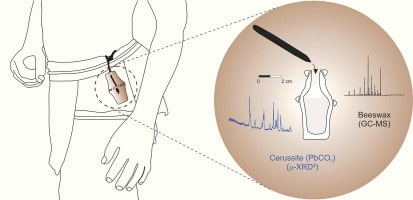A hoard of Roman and Iron Age silver coins dating back to Emperor Nero’s reign has been found during building works in Worcestershire, western England. The treasure, consisting of 1,368 coins, includes the largest collection from the emperor’s reign ever found.
The coins span two centuries from 157 BC to AD 55, and date the hoard to the very beginning of Roman Britain – barely a decade after the Claudian invasion in AD 43.
Worcestershire Heritage, Art & Museums said the hoard was discovered in the Leigh and Bransford area, west of Worcester, in late 2023 and dubbed the Worcestershire Conquest Hoard.
Research into the hoard is being led by Murray Andrews who has been working closely with colleagues from Museums Worcestershire, Worcestershire Archives and Archaeology Service, and the Portable Antiquities Scheme to process the find in accordance with the Treasure Act 1996.
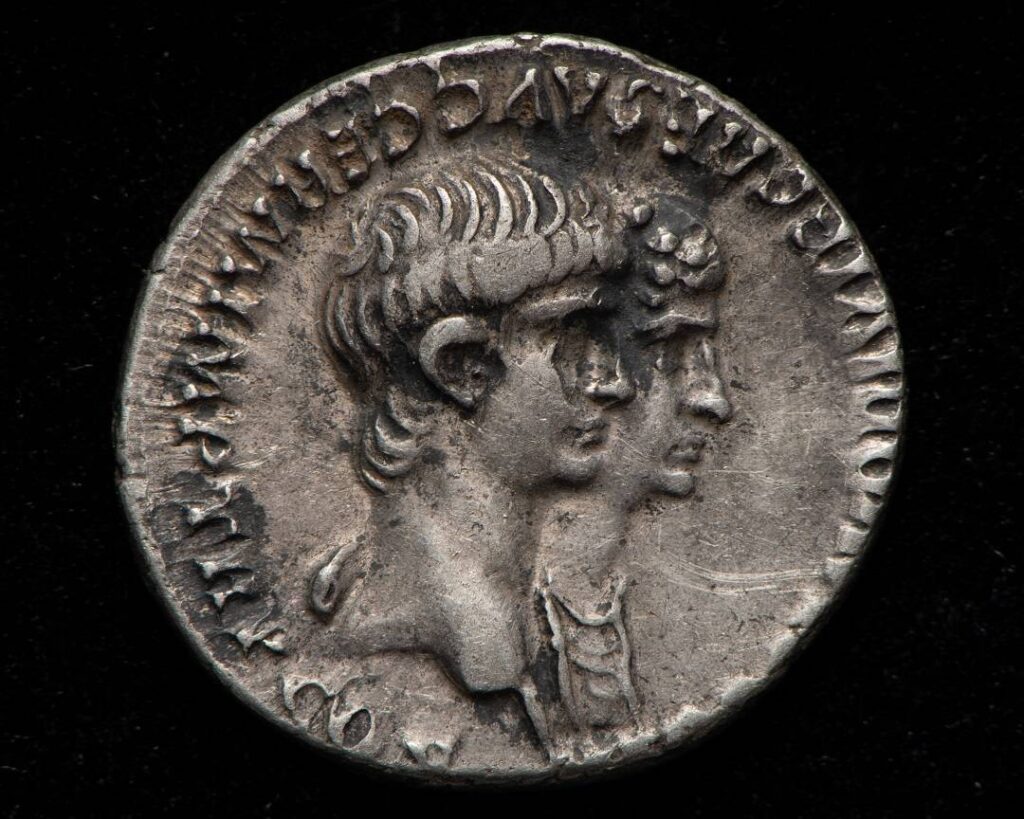
Dr Murray Andrews, Lecturer in British Archaeology, University College London (UCL) Institute of Archaeology says: “This extraordinary new find is the largest hoard of the reign of Nero (AD 54–68) ever found in Britain, and one of the largest of this period ever found in the entire Roman Empire. The coins come from every corner of the early Roman world, from the shores of the Mediterranean right up to the Cotswold Hills. They were buried just after the Claudian invasion, as Roman troops marched through western Britain to battle the tribes of Wales and the Welsh Border. It’s a remarkable discovery, and sheds important new light on the Roman Conquest – a time of conflict and change at the beginnings of British history.”
📣 Our WhatsApp channel is now LIVE! Stay up-to-date with the latest news and updates, just click here to follow us on WhatsApp and never miss a thing!!
“Our initial research suggests that the hoard relates to military expenditure – perhaps official payments to a wealthy local farmer or merchant, who was supplying grain and livestock to the Roman fort at Worcester. It was buried at a time of unrest in the Welsh Borders, when local groups like the Silures fought back against the advancing Roman army, so it’s possible that the original owner was trying to protect their money from the threat of conflict and border raids”.
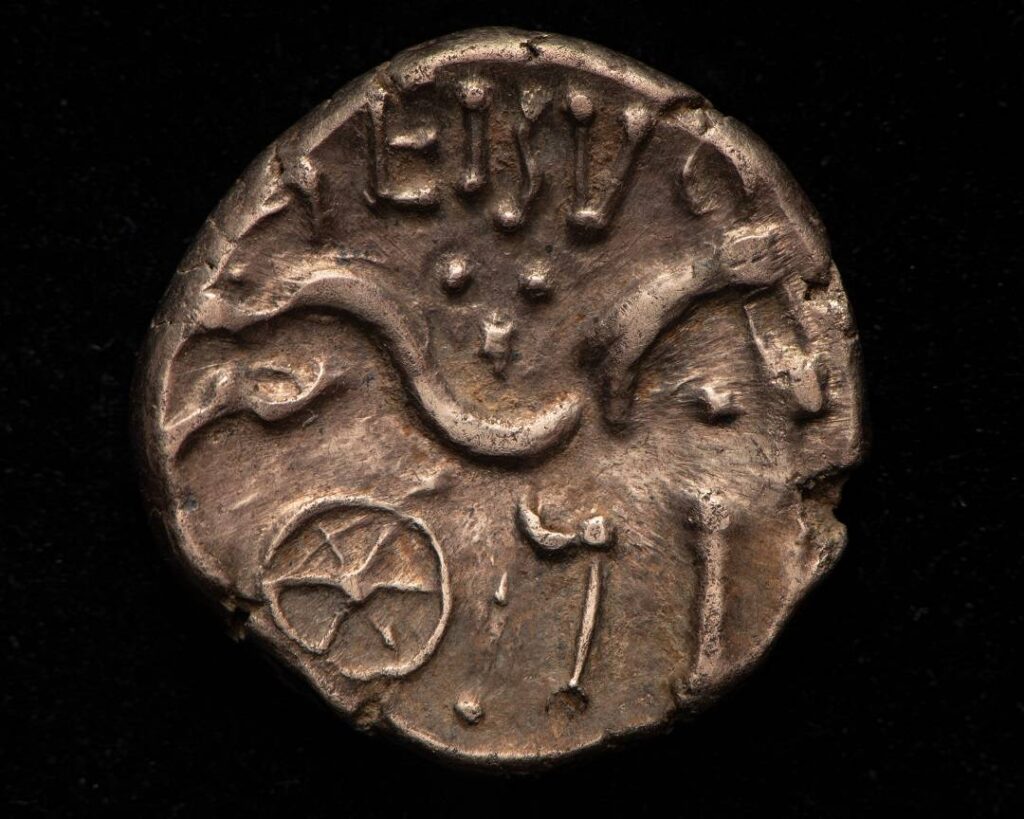
It is likely that the pot that contained the coins was made at one of the pottery kilns based at the foot of the Malvern Hills. With the oldest dating to 157 B.C. and the most recent to 55 A.D., most of the coins are silver denarii made in Rome. One gold coin, a stater, is the only one there. It was made for the Dobunni tribe, who inhabited Worcestershire from 20 to 45 A.D. Given that the most recent coins are in nearly mint condition and cannot have been used for very long, the hoard was most likely buried in 55 A.D. or soon after. Their sheer number means that the Hoard would have represented a very considerable sum of cash at the time it was buried.
The Treasure Valuation Committee is currently valuing the hoard, which HM Coroner declared to be treasure in June 2024. The Worcestershire Heritage, Art and Museums Registered Charity has started a fundraising campaign to help keep the hoard in the county, and Museums Worcestershire is eager to acquire it. If the money cannot be raised, the hoard may be lost to the public forever.
The hoard is currently being catalogued and conserved at the Worcester City Art Gallery and Museum where it will go on temporary display in January.
Help to save the Worcestershire Conquest Hoard.
Cover Image Credit: Worcestershire Heritage, Art & Museums/Luke Unsworth


